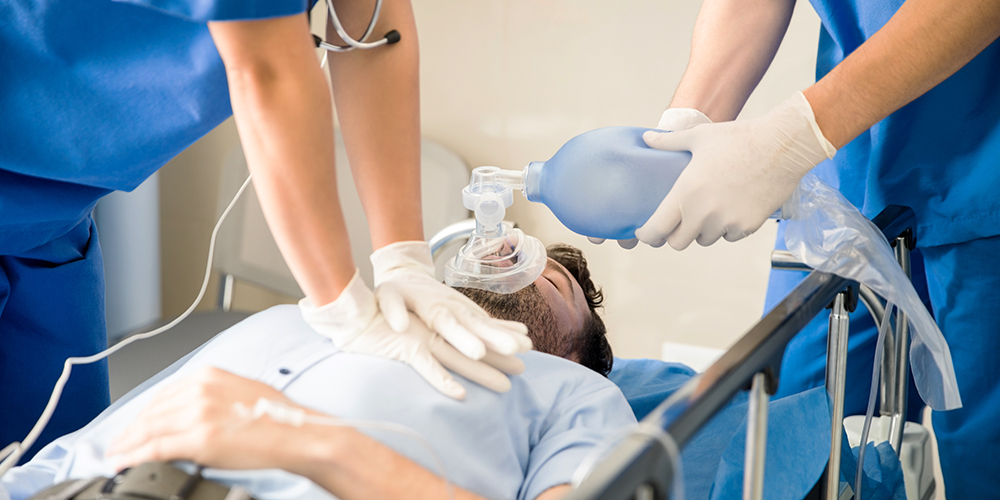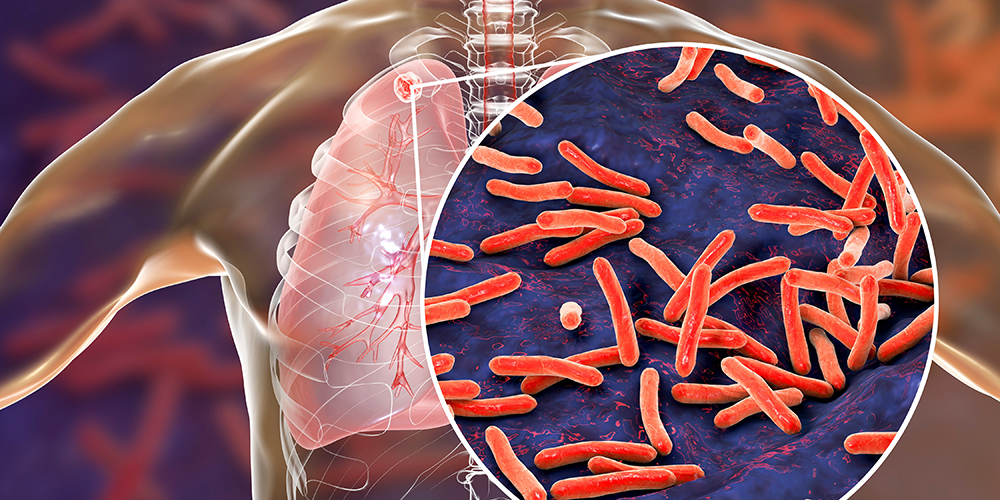Resuscitation after a cardiac arrest: The chances for survival are overestimated
With cardiac arrest, the chance of surviving decreases with every minute that passes without blood circulation. What a lot of people don’t know: The brain is irreversibly damaged after just a few seconds. Researchers at the University of Basel and the University Hospital of Basel are making the case for more information – and for clear communication regarding whether someone actually wants to be resuscitated.
09 May 2023 | Catherine Weyer
Around 8000 people in Switzerland suffer from a cardiac arrest every year. When the heart stops and there is no oxygen being pumped to the vital organs, these organs become damaged. The brain in particular is very sensitive to the lack of oxygen. “Nerve cells in the brain become damaged from the very first minute without blood circulation, and the chance of surviving without any neurological deficits starts to decrease exponentially,” explains Professor Sabina Hunziker.
A cardiac arrest remains one of today’s most common causes of death. If a cardiac arrest occurs outside of a hospital, the chances of survival are around 10 percent. If the cardiac arrest occurs in a hospital, around one in five people will survive. “Of those who survive, around half will have cognitive limitations, and just 25 percent will be able to continue living at home independently without assistance,” says Hunziker. This is something that not many people are aware of.
The public needs more information and education
In a study that appeared in the scientific journal Resuscitation Plus, the researchers at the University of Basel and the University Hospital of Basel show that the public overestimate the success rate of resuscitation after a cardiac arrest. “80 percent of those surveyed would prefer to be resuscitated regardless of the circumstances. The most important predictor for this decision was the estimation of the chance of survival. The chance of survival without neurological deficits was on average estimated at 40 to 60 percent,” says the professor of psychosomatics and medical communication.
For a lot of people, the preference to be resuscitated was therefore based on an incorrect estimation of success rates. “If people knew that their chances of survival were so low and that the risk of—in some cases severe—brain damage was so high, a lot of them would probably decide against being resuscitated,” says Hunziker.
Hunziker and her team of researchers are therefore calling for better information. Information could be provided by GPs, for example, who discuss advance directive, a document declaring the will of a patient in case of medical deterioration, with their patients, or in the hospital when patients are admitted. “When a patient is admitted to hospital, we always discuss their preferences for or against resuscitation, and document their decision in their medical record. It is important to clarify what resuscitation in the event of a cardiac arrest actually means, so that patients can make an informed decision that makes the most sense to them,” Hunziker explains.
Taking the pressure off relatives and staff
“It’s important to know a patient’s preference with regard to resuscitation measures, since we will no longer be able to discuss these issues if they suffer a cardiac arrest,” says Prof. Hunziker. However, she also believes that in an emergency situation, it is often unclear whether or not the affected individual wants to be resuscitated. “If there is any doubt, the patient is resuscitated. But when it comes to making decisions about subsequent treatment and further steps, it’s extremely helpful to know what the patient would have wanted, such as by checking their advance directive,” Hunziker explains. This often helps take the pressure off the patient’s relatives, who are involved in the decision-making process as the patient’s surrogate decision makers and representatives, especially if the patient’s preference is unclear.
But Hunziker also knows that this isn’t an easy topic to deal with: “These are often challenging conversations that can make the patient feel worried or anxious.” This is why she believes that it is particularly important to discuss any potential questions or uncertainties at this stage, and to find out the patient’s particular preferences so that a suitable decision can be made together.
Original publication
Sebastian Gross et. al.
“Do-not-resuscitate” preferences of the general Swiss population: Results from a national survey
Resuscitation Plus (2023), doi: 10.1016/j.resplu.2023.100383
Further information
Prof. Dr. Sabina Hunziker, University of Basel / University Hospital Basel, Medical Communication, tel. +41 61 328 52 62, email: sabina.hunziker@usb.ch



